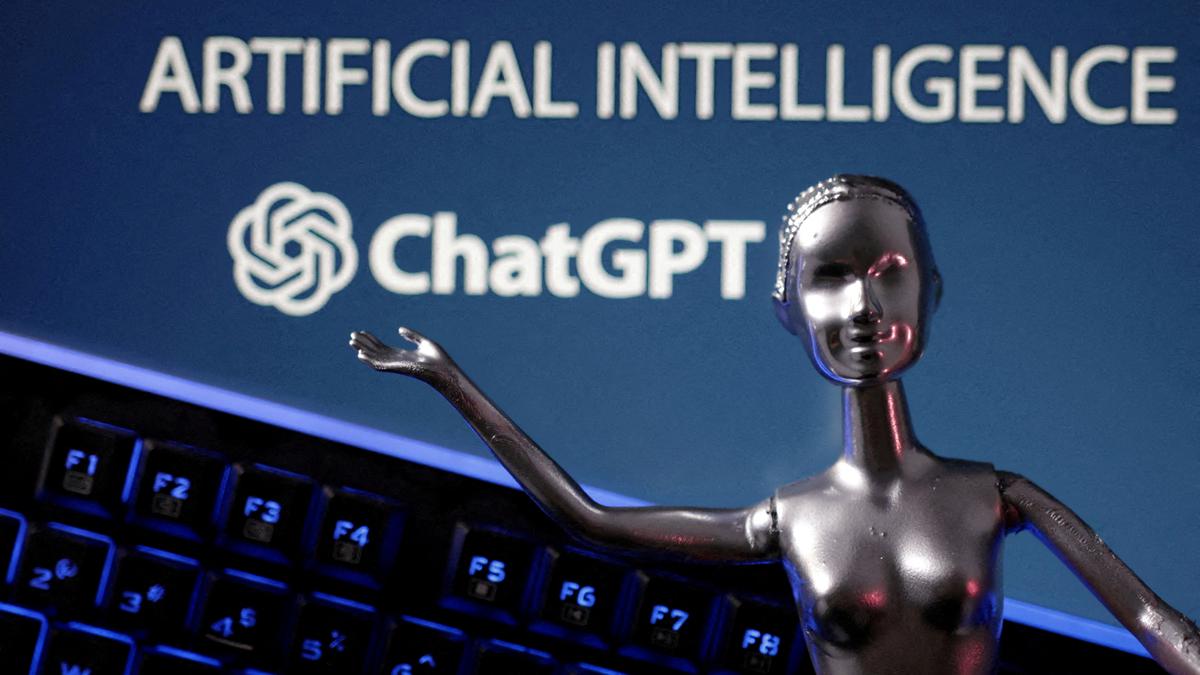The rise of artificial intelligence (AI) has brought forth a new era of technological advancements, impacting various sectors of society. In particular, the emergence of large language models (LLMs) like ChatGPT has shown immense promise in revolutionizing human-computer interaction. However, while these LLMs have proven successful in English and other globally dominant languages, they often fall short in effectively processing and understanding the complexities of Indian languages.
This gap presents a significant opportunity for innovation and development, leading to the creation of AI solutions specifically designed for Indian languages. This article will delve into the challenges and opportunities presented by the development of Indianized LLMs, exploring the ongoing efforts to bridge the digital divide and empower diverse communities across the country.
Bridging the Language Gap: Challenges and Opportunities of Indianized LLMs
Building LLMs for languages like Hindi, Tamil, and others beyond English presents a unique set of challenges. The availability of high-quality, labeled data is one of the primary hurdles. Unlike English, which boasts a vast digital footprint, the volume and diversity of digital content in Indian languages remain limited.
The Data Conundrum
To train LLMs effectively, researchers and developers require large, carefully curated datasets that capture the nuances of language. This necessitates collaboration with linguistic experts, academics, and local communities.
The Need for Accurate Data and Resource Allocation
Organizations involved in this effort, like AI4Bharat and Sarvam, are actively working on creating datasets for various Indian languages. They collaborate with universities, NGOs, and local communities to collect data, ensuring accuracy and authenticity. This involves interviewing native speakers, recording conversations, and transcribing data – a laborious and intricate process.
Addressing Linguistic and Technical Barriers
Furthermore, the diverse nature of Indian languages adds another layer of complexity. Different scripts, writing directions (right-to-left in languages like Urdu), and unique linguistic features require specialized approaches in building datasets and models.
Beyond data, technical limitations pose challenges too. Training LLMs requires high-performance computing infrastructure and access to specialized hardware, such as GPUs, which can be expensive and scarce.
Building the Foundation: From Data Collection to Model Training
The process of building an LLM for Indian languages involves several critical steps:
Data Collection and Annotation
Collecting authentic data for Indian languages requires extensive fieldwork, engaging with communities, and meticulously documenting conversations, texts, and other linguistic resources. This involves a multi-faceted approach, leveraging academic expertise, community participation, and specialized tools for data annotation and processing.
Model Training and Fine-tuning
Once the dataset is ready, it’s time to train the LLM. This requires extensive computational resources, advanced algorithms, and constant fine-tuning. Developers must address the specific linguistic nuances of Indian languages, ensure the model is trained on diverse data sources, and validate its performance against relevant metrics.
Addressing Bias and Promoting Inclusivity
As LLMs are trained on large datasets, potential biases present a significant challenge. Developers must work diligently to minimize biases in the training data and carefully evaluate the models for fairness and inclusivity. This ensures that LLMs promote equitable representation and avoid perpetuating harmful stereotypes.
The Promise of Indianized LLMs: Real-World Applications and Impact
The development of Indianized LLMs holds immense potential for a wide range of applications:
Revitalizing Languages and Cultural Heritage
These models can help preserve and revitalize endangered languages by offering digital platforms for language learning, translation, and cultural exchange. They can make educational resources more accessible in native languages, enriching the learning experience and fostering cultural identity.
Enabling Multilingual AI Solutions
Indianized LLMs can power various AI applications, making them more accessible to a wider audience. This includes chatbots for customer service, voice assistants for personal devices, and educational tools for learners of different backgrounds.
Empowering Communities and Bridging the Digital Divide
By developing AI solutions specifically designed for Indian languages, we can bridge the digital divide and empower communities who have traditionally been underserved by mainstream technologies.
Takeaway Points
The development of Indianized LLMs is a crucial step towards achieving AI inclusivity and making technology accessible to a diverse population. This effort requires a collaborative approach, combining technological expertise with cultural sensitivity, linguistic knowledge, and community engagement.
As we move forward, the following key takeaways emerge:
- The Importance of Data: Investing in high-quality, labeled datasets is crucial for training robust and accurate LLMs for Indian languages.
- Collaborative Development: Building Indianized LLMs requires collaboration among researchers, language experts, and communities, ensuring data accuracy, cultural representation, and inclusivity.
- Technological Advancements: Access to advanced computing infrastructure and specialized hardware is essential for training and deploying LLMs for Indian languages.
- Potential Applications: Indianized LLMs hold the promise of transforming various sectors, from education and healthcare to cultural preservation and business.
- Long-Term Vision: Building and maintaining Indianized LLMs require sustained effort, long-term vision, and commitment from stakeholders.
The future of AI in India lies in its ability to embrace linguistic diversity and cultural richness. Indianized LLMs, by harnessing the power of AI for languages and cultures, hold the potential to unlock opportunities for progress and innovation, fostering a truly inclusive digital society.




